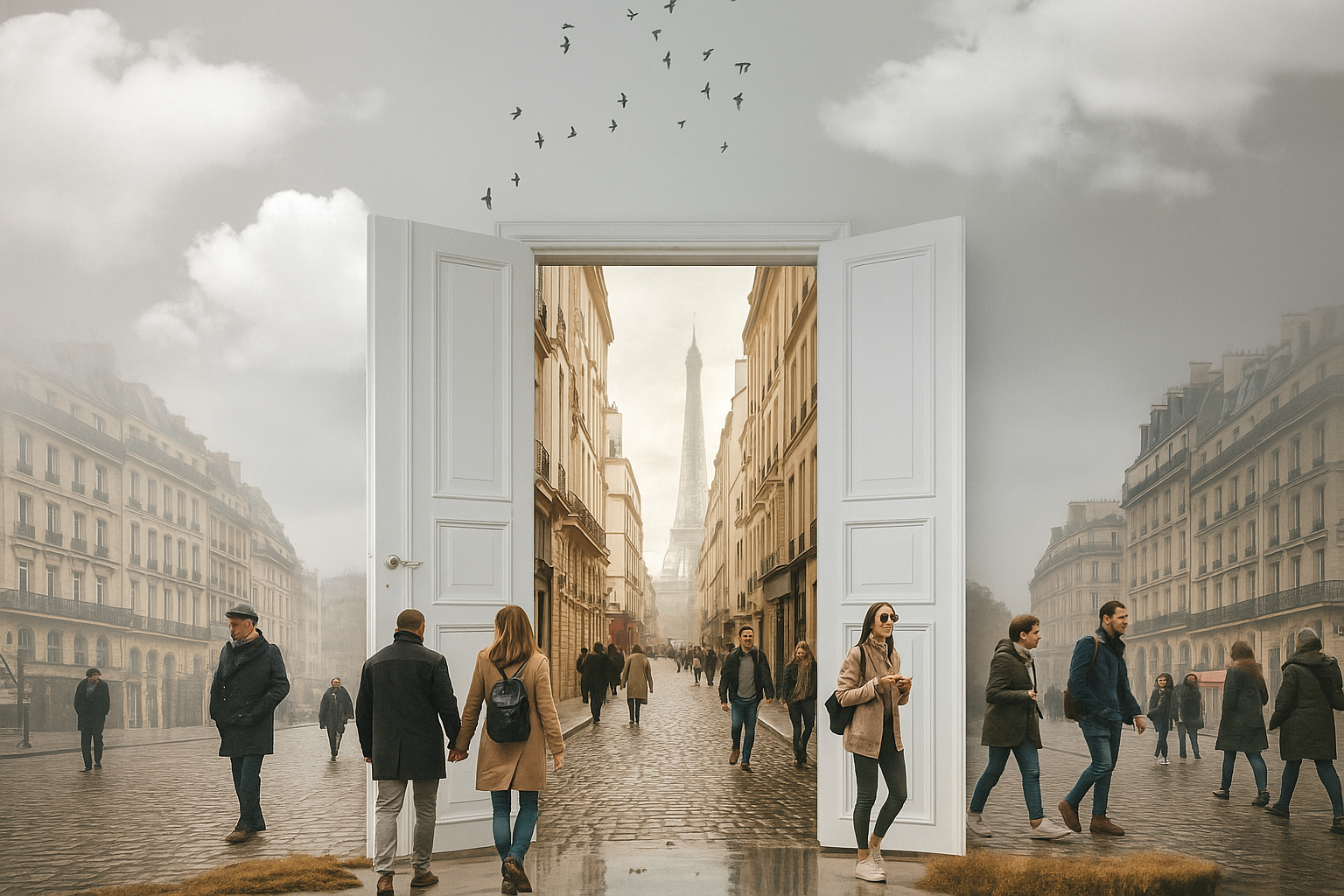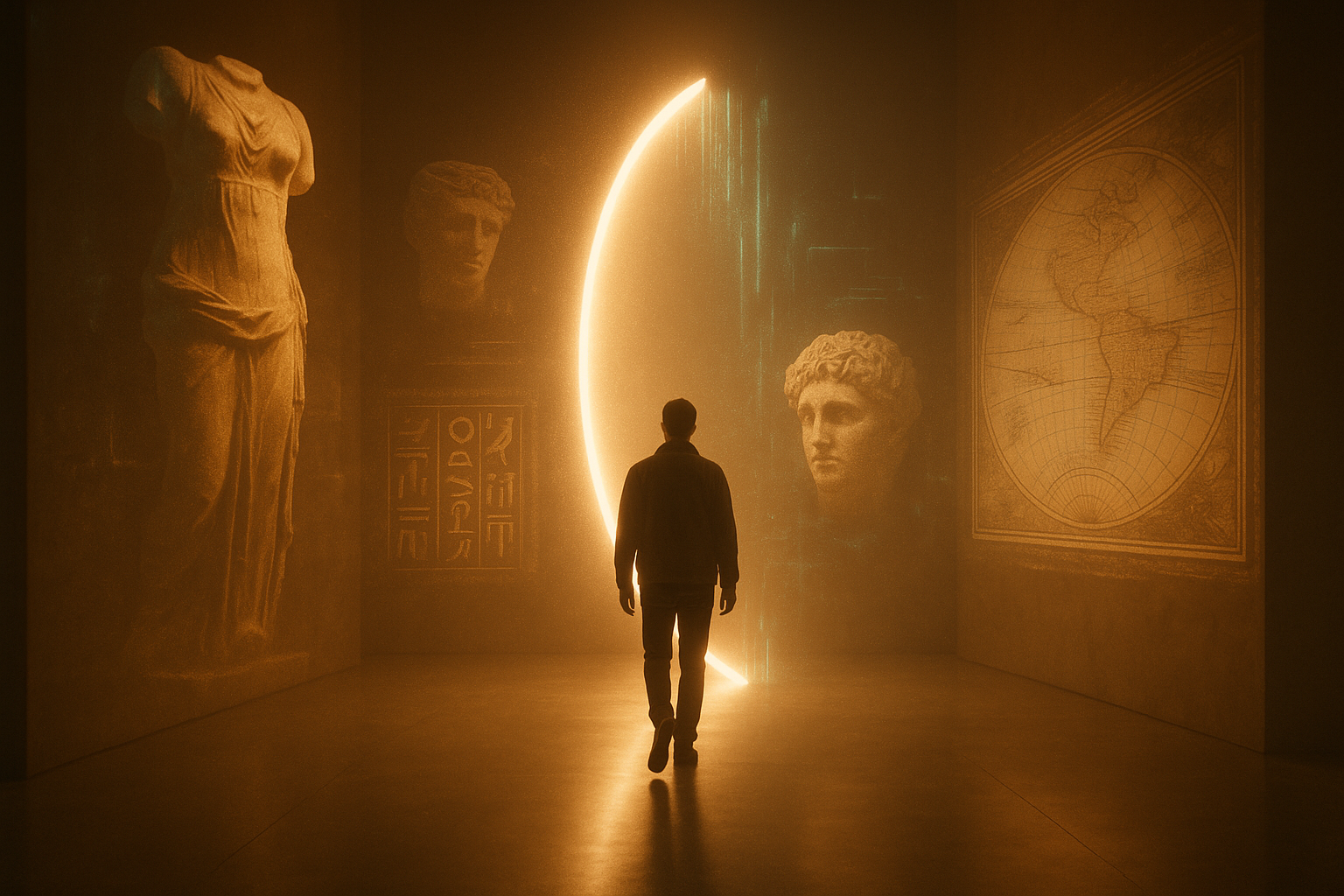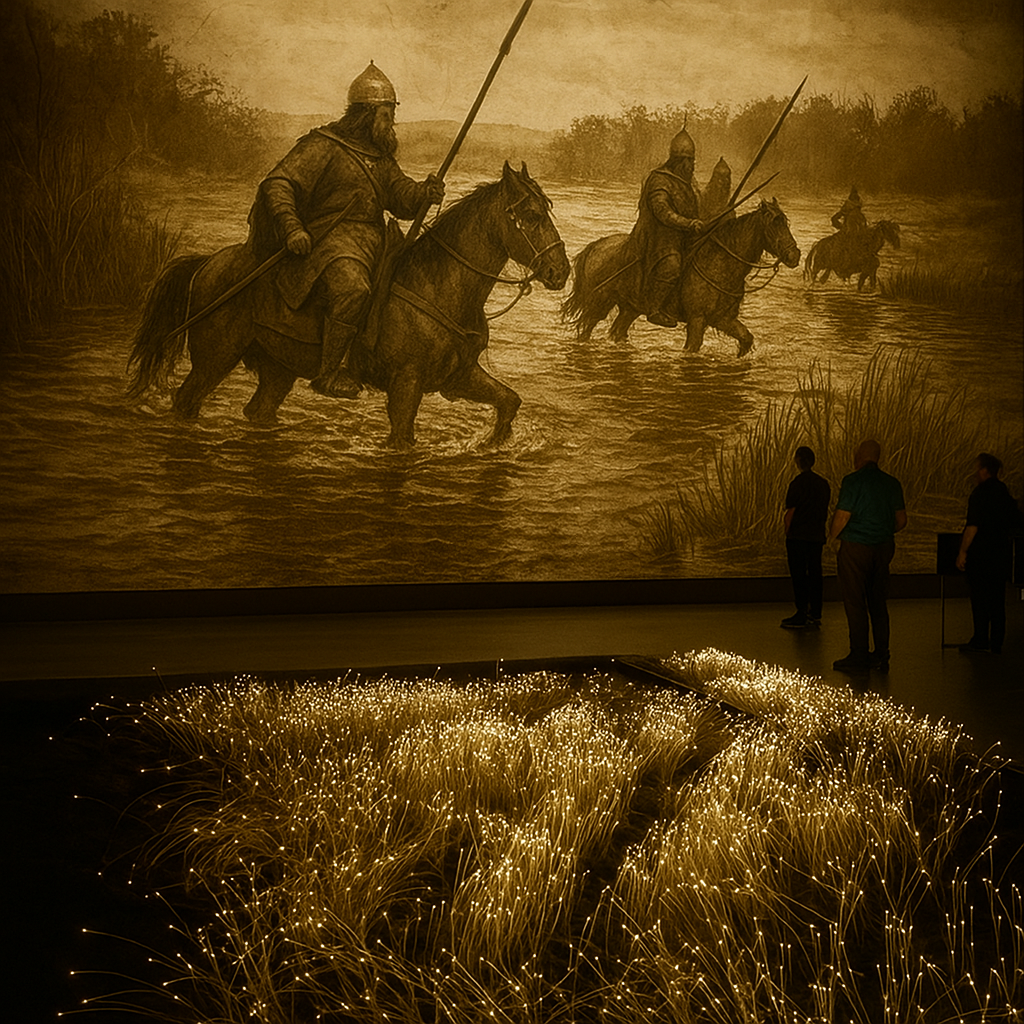Why do we lose track of time inside a great story? Why does a whisper in a VR headset feel more real than a movie on a giant screen? It’s not magic, it’s psychology. More specifically, it’s the psychology of immersion, a growing field that reveals how our brains are wired to crave not just stories we can watch, but stories we can step into.
In our everyday lives, we scroll, skim, and swipe, rarely giving anything our full attention. But immersive storytelling breaks through that mental noise. Whether it’s through interactive exhibitions, virtual reality, or sensory-rich environments, these experiences capture something deeper: our need to feel present, engaged, and emotionally connected.
In this article, we’ll explore what makes immersive experiences so powerful and why we keep seeking them out. You’ll discover how interactivity increases attention, why emotions make stories stick in our memory, and what modern psychology says about our longing to not just watch the story unfold… but become part of it.
Let’s dive into the science and soul behind why immersive storytelling works and why it just might be the future of how we learn, remember, and feel.
Narrative Transportation: When Stories Take Over Our Minds
Have you ever read a book or watched a film so gripping that you forgot where you were for a moment? That feeling of mentally stepping into a story is what psychologists call narrative transportation and it’s one of the key reasons immersive experiences feel so powerful.
Narrative transportation happens when our brain becomes fully focused on a story. We stop thinking about real life for a little while, and instead, our attention, emotions, and imagination all get pulled into the world of the narrative. This isn’t about fantasy, it’s a real psychological process that researchers have studied for decades.
When a story grabs us like that, several things happen:
- We remember it more clearly,
- We feel more empathy toward the characters,
- And sometimes, our perspective or even our values shift a little as a result.
Immersive storytelling takes this concept further by adding sights, sounds, space, and interaction. Instead of just reading about a moment or watching it unfold on a screen, you walk through it, hear it around you, and sometimes even influence how it plays out. This turns narrative transportation into something more physical. You don’t just follow the story, you enter it.
That’s why interactive exhibitions can feel so moving or even life-changing. They’re not just informative, they’re designed to take over your senses and pull you deep into a story that you live, not just watch.
The Role of Emotion and Interest in Immersive Engagement
Have you ever felt goosebumps during a powerful scene or found yourself thinking about an exhibit long after leaving? That’s not a coincidence, it’s psychology at work.
A recent study from 2025 looked at what truly draws people into digital storytelling and virtual reality. The answer? Emotion and interest. These two ingredients are essential to feeling truly immersed.
When something moves us emotionally, whether it’s joy, sadness, surprise, or awe, our brain becomes more engaged. Similarly, when a topic feels personally interesting, we naturally lean in, becoming more attentive and curious. This emotional or intellectual pull helps create a sense of presence. The feeling that you’re not just watching something, but actually there, inside the story.
That feeling of presence makes experiences not only more enjoyable, but also more memorable. In fact, even educational content sticks better when it’s told with emotional resonance, when it doesn’t just inform, but makes you feel.
That’s why the most impactful immersive exhibitions go beyond just impressive visuals. They’re designed to spark curiosity, stir emotions, and create personal connections. It’s not about overwhelming the senses for the sake of spectacle, it’s about creating meaning.
Interactive Design: Agency Fuels Attention
Think about the difference between watching a movie and playing a game. In the movie, everything is decided for you, you’re a spectator. But in the game, you make choices. You explore. You change what happens. That difference is what we call agency, and it’s one of the most powerful drivers of attention in immersive storytelling.
In traditional stories, the narrative unfolds whether you’re paying attention or not. But in immersive environments, the story responds to you. Your presence matters. Whether you’re choosing a path through a digital landscape, triggering a sound with your movement, or interacting with a character, you’re no longer just a viewer, you become a participant.
Psychologists and designers agree: when people feel like their actions have an impact, they become more mentally and emotionally invested. This sense of co-creation, shaping the story with your decisions, boosts attention, memory, and emotional depth. The brain lights up differently when we feel like we’re in control.
In other words, interactivity makes experiences stick. It transforms stories into personal experiences.
That’s why immersive exhibitions today are increasingly built around interactive design. It’s not about flashy effects or digital tricks. It’s about making you feel like you belong in the story and that what you do there matters.
Presence and Enjoyment: Why We Keep Coming Back
Have you ever been so absorbed in an experience that the world around you faded away? That’s what psychologists call presence. The feeling of truly being inside a story, instead of just watching it unfold.
In immersive storytelling, presence isn’t just a nice bonus, it’s the whole point. It’s that magical moment when your mind forgets the room you’re standing in and starts reacting as if the story world is real. Whether you’re walking through a recreated battlefield, whispering to an AI character, or feeling the rumble of sound beneath your feet, presence makes the experience feel alive.
And research backs this up. A 2025 study on virtual reality and digital storytelling found a powerful pattern: the more present people feel, the more they enjoy the experience and the more likely they are to return. It’s like a loop:
Curiosity sparks emotion → Emotion deepens presence → Presence increases enjoyment → Enjoyment creates the desire to return
For creators of immersive exhibitions, this is a game-changer. It means success isn’t about overwhelming visitors with visuals. It’s about crafting emotional, interactive experiences that make people feel seen and that they’re part of something meaningful.
Because once you’ve felt that deep connection inside a story, chances are… you’ll want to feel it again.
In a world overflowing with content, only the most deeply felt stories leave a lasting mark. Immersive storytelling goes beyond screens and scripts, it taps into how we think, feel, and remember. Whether it’s the emotional pull of a scene, the thrill of interaction, or the quiet power of presence, immersive experiences meet a fundamental human need: to connect with something larger than ourselves.
As we’ve seen, the psychology of immersion reveals that people don’t just want to observe, they want to belong. And when stories allow us to step inside, they become unforgettable.
What’s the most immersive story you’ve ever experienced?
Share your thoughts below or follow us to explore more multisensory insights.



